#Menamin & Ringwalt\
Explore tagged Tumblr posts
Text
Milestone Monday

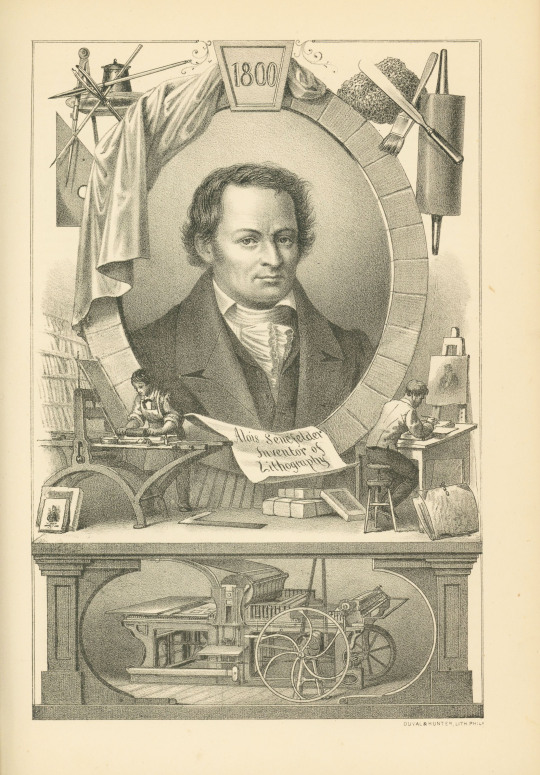
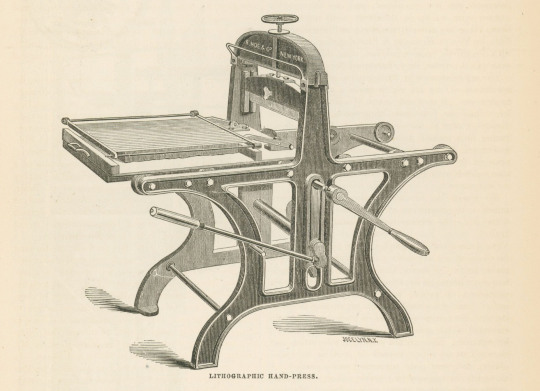
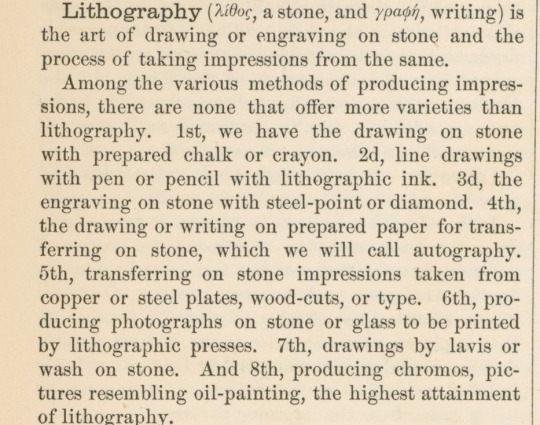

On this day, November 6, 1771, Alois Senefelder (1771-1834) inventor of lithography was born. The son of an actor and tasked with supporting his mother and siblings after his father’s death, Senefelder began his own acting career at age twenty and extended his occupational talents into playwriting. Unable to afford to publish a new play he’d written, Senefelder experimented with what he called “stone printing” in the 1790s, etching acid resistant ink onto limestone and subsequently inventing the first planographic process in printing. Senefelder perfected the chemical process and designed a special printing press with the help of the André family and within five years lithography was being used as a cheap form of creating reproductions by publishers and in mapmaking by land surveying offices throughout Europe.
By the early 1800’s Senefelder and his contemporaries were thinking of ways to introduce color to lithography. Senefelder outlined his ideas on chromolithography in his 1818 book A Complete Course of Lithography, but it was Godefroy Engelmann of France who was awarded the patent for it in 1837.
In celebration of Senefelder’s birthday and all that he contributed to the printing world; we’re looking at the American Encyclopedia of Printing published in 1871 by Menamin & Ringwalt of Philadelphia. Included within the section on lithography is a storied portrait of Senefelder surrounded by his tools and accomplishments. The lithographic portrait was printed by Duval & Hunter, lithographers and chromo publishers out of Philadelphia.
It wasn’t long before artists saw the appeal of lithographs and began taking advantage of the new printing technique. Lithography was far more approachable than other printing methods of the time like engraving, because artists could draw directly on the stone with familiar tools, such as pens and crayons. They did not need to master a new medium or skill to create highly accurate prints with deep textural qualities.
Among the artists of the 1800’s diving into lithography, Honoré-Victorin Daumier (1808-1879) excelled in the medium. Daumier was a prolific French artist who created more than 4,000 lithographs in addition to his many sculptures, paintings, drawings, and wood engravings. His specialty was satirical social caricatures of Parisian life where he effortlessly blended artistry, social commentary, and humor as showcased in the following lithographs held within our collection. The prints were published in 1840 by La maison Aubert of Paris.
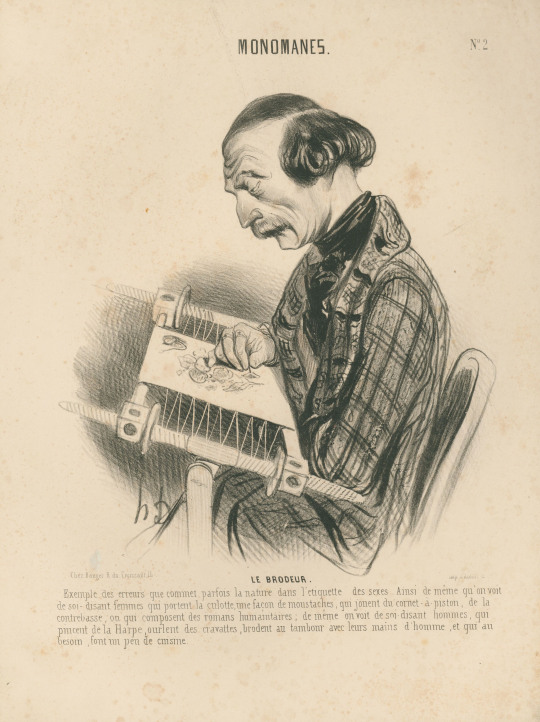

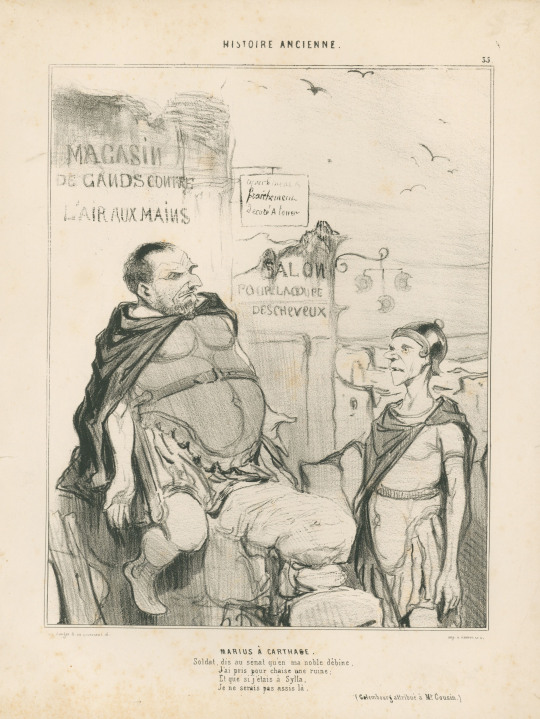
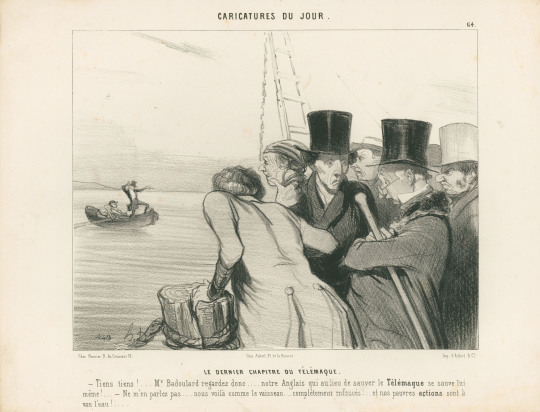

View other posts from the American Encyclopedia of Printing.
View more posts with lithographs.
View more Milestone Monday posts.
– Jenna, Special Collections Graduate Intern
#Milestone Monday#milestones#alois senefelder#lithography#planographic printing#J. Luther Ringwalt#American Encyclopedia of Printing#Menamin & Ringwalt\#Duval & Hunter#Honoré-Victorin Daumier#Daumier#La maison Aubert#lithographs#inventions
19 notes
·
View notes
Text
🌞
Milestone Monday





On this day, November 6, 1771, Alois Senefelder (1771-1834) inventor of lithography was born. The son of an actor and tasked with supporting his mother and siblings after his father’s death, Senefelder began his own acting career at age twenty and extended his occupational talents into playwriting. Unable to afford to publish a new play he’d written, Senefelder experimented with what he called “stone printing” in the 1790s, etching acid resistant ink onto limestone and subsequently inventing the first planographic process in printing. Senefelder perfected the chemical process and designed a special printing press with the help of the André family and within five years lithography was being used as a cheap form of creating reproductions by publishers and in mapmaking by land surveying offices throughout Europe.
By the early 1800’s Senefelder and his contemporaries were thinking of ways to introduce color to lithography. Senefelder outlined his ideas on chromolithography in his 1818 book A Complete Course of Lithography, but it was Godefroy Engelmann of France who was awarded the patent for it in 1837.
In celebration of Senefelder’s birthday and all that he contributed to the printing world; we’re looking at the American Encyclopedia of Printing published in 1871 by Menamin & Ringwalt of Philadelphia. Included within the section on lithography is a storied portrait of Senefelder surrounded by his tools and accomplishments. The lithographic portrait was printed by Duval & Hunter, lithographers and chromo publishers out of Philadelphia.
It wasn’t long before artists saw the appeal of lithographs and began taking advantage of the new printing technique. Lithography was far more approachable than other printing methods of the time like engraving, because artists could draw directly on the stone with familiar tools, such as pens and crayons. They did not need to master a new medium or skill to create highly accurate prints with deep textural qualities.
Among the artists of the 1800’s diving into lithography, Honoré-Victorin Daumier (1808-1879) excelled in the medium. Daumier was a prolific French artist who created more than 4,000 lithographs in addition to his many sculptures, paintings, drawings, and wood engravings. His specialty was satirical social caricatures of Parisian life where he effortlessly blended artistry, social commentary, and humor as showcased in the following lithographs held within our collection. The prints were published in 1840 by La maison Aubert of Paris.





View other posts from the American Encyclopedia of Printing.
View more posts with lithographs.
View more Milestone Monday posts.
– Jenna, Special Collections Graduate Intern
#alois senefelder#lithography#planographic printing#American Encyclopedia of Printing#Menamin & Ringwalt\#Duval & Hunter#Honoré-Victorin Daumier#Daumier#La maison Aubert#lithographs#J. Luther Ringwalt#milestones#inventions#Milestone Monday#lithografie#lithographie#lithographer#print#printmaker#printmaking#large
19 notes
·
View notes